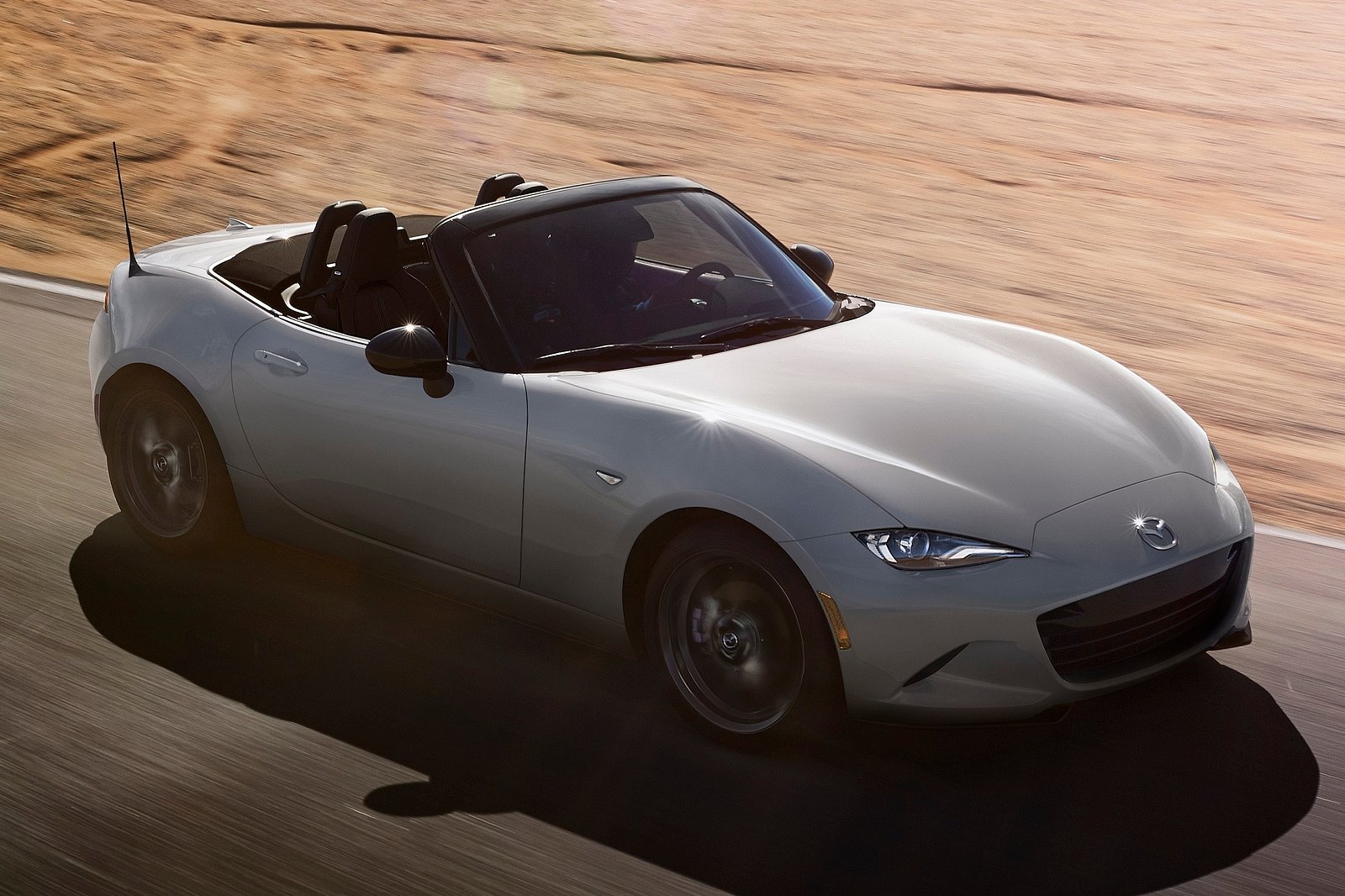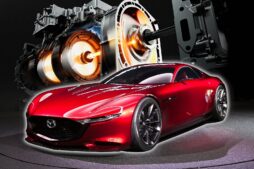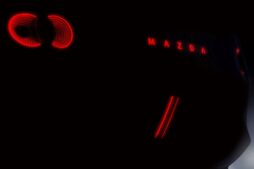Mazda’s Brilliant Minds Turn Underdogs into Champions
The timeless Mazda MX-5 Miata has recently undergone updates for the 2024 version, which includes the incorporation of an innovative Asymmetric Limited Slip Differential (LSD) in select configurations. The team responsible for this upgraded differential has provided insights on its creation and functionality. The renowned Mazda MX-5 Miata has been given a makeover for the 2024 edition, with a new differential being introduced specifically for certain models. Engineers have shed light on the development stages and mechanics of this latest addition.
For the first time in two decades, Mazda has introduced a fresh mechanism for LSD on its vehicles, breaking away from the Super LSD that had been used since the second installment of the Miata. The brilliance of the Asymmetric design lies in its ability to enhance performance and handling while still retaining the car’s original character.
“We discovered that we had the ability to produce a ride that enhanced stability without compromising its lightweight nature,” stated Koji Takahashi, Senior Specialist in the Steering and Safety Performance Development Department.


In contrast to traditional LSDs, which have consistent differential limiting characteristics on both sides, Isao Hirota of GKN Driveline Japan (formerly Tochigi Fuji Sangyo) believed that he could create a unique characteristic by incorporating a cam mechanism. This innovative approach resulted in the development of the asymmetric LSD. As fate would have it, at the same time that Hirota was testing his idea, Mazda was seeking ways to enhance the LSD on their MX-5 model.
In brief, the Asymmetric LSD is a type of clutch system with a conical shape, and its recently developed cam mechanism enables different responses for acceleration and braking. As a result, excessive oversteer is avoided by increasing lockup during engine braking. This enhances stability while entering a turn.
A total of fifteen LSDs were constructed, and factory test drivers were welcomed to the Nurburgring to assess the fresh configurations. Naoki Hiraga, Assistant Manager of the Steering Performance Development Department, highlights that experienced drivers often detect subtle enhancements that may not be evident in the data or lap timings.

According to the development drivers, “Performance is different when turning right and turning left.” Upon reviewing the data, it initially appeared that there was no discrepancy. However, upon further examination, I discovered a variance in the direction of the oil grooves within the clutch.
Thanks to Mazda’s observant test drivers, the discrepancy in sensation between the left and right sides was successfully eliminated by installing symmetrical oil grooves into the LSD.
Naturally, the engineers also had to take into account the fact that the MX-5 Miata is driven by a diverse range of customers. Although the enhanced LSD enhances performance, it could not risk alienating its diverse customer demographic.
According to Takahashi, it is crucial that the Miata maintains its excellence across all scenes. “We don’t want it to go into a situation where it’s good in this scene but not in that scene,” he stated. This unwavering dedication to providing an exceptional driving experience is what has solidified the Miata as an iconic vehicle. And with ongoing advancements and improvements, this reputation is in capable hands.







